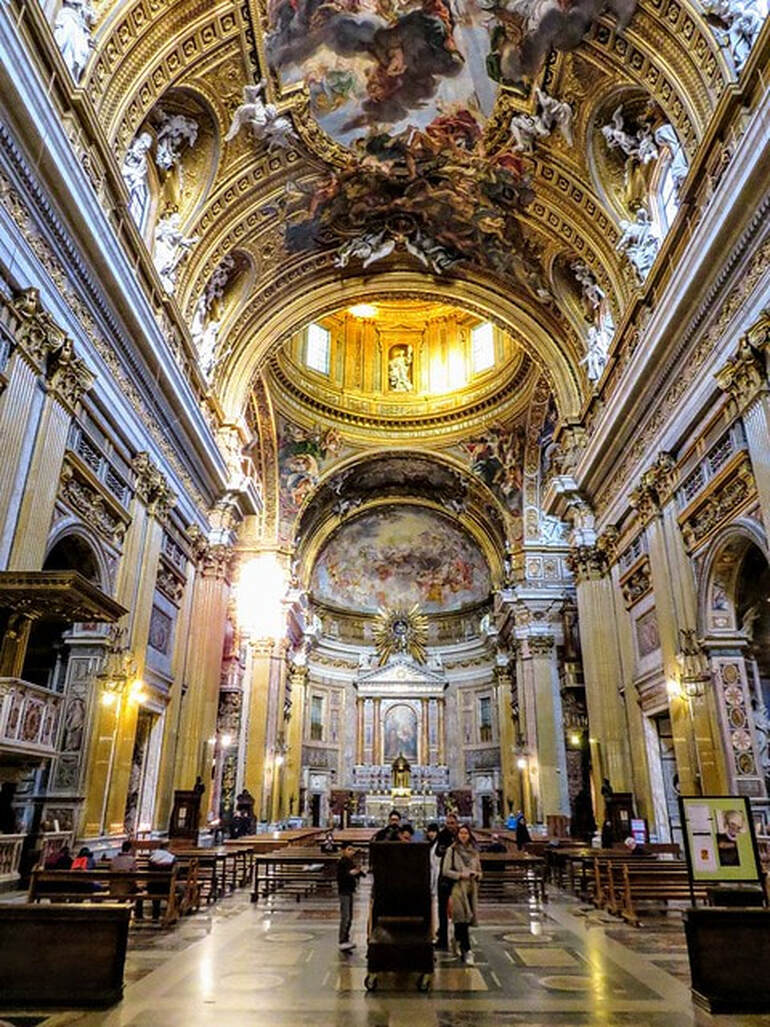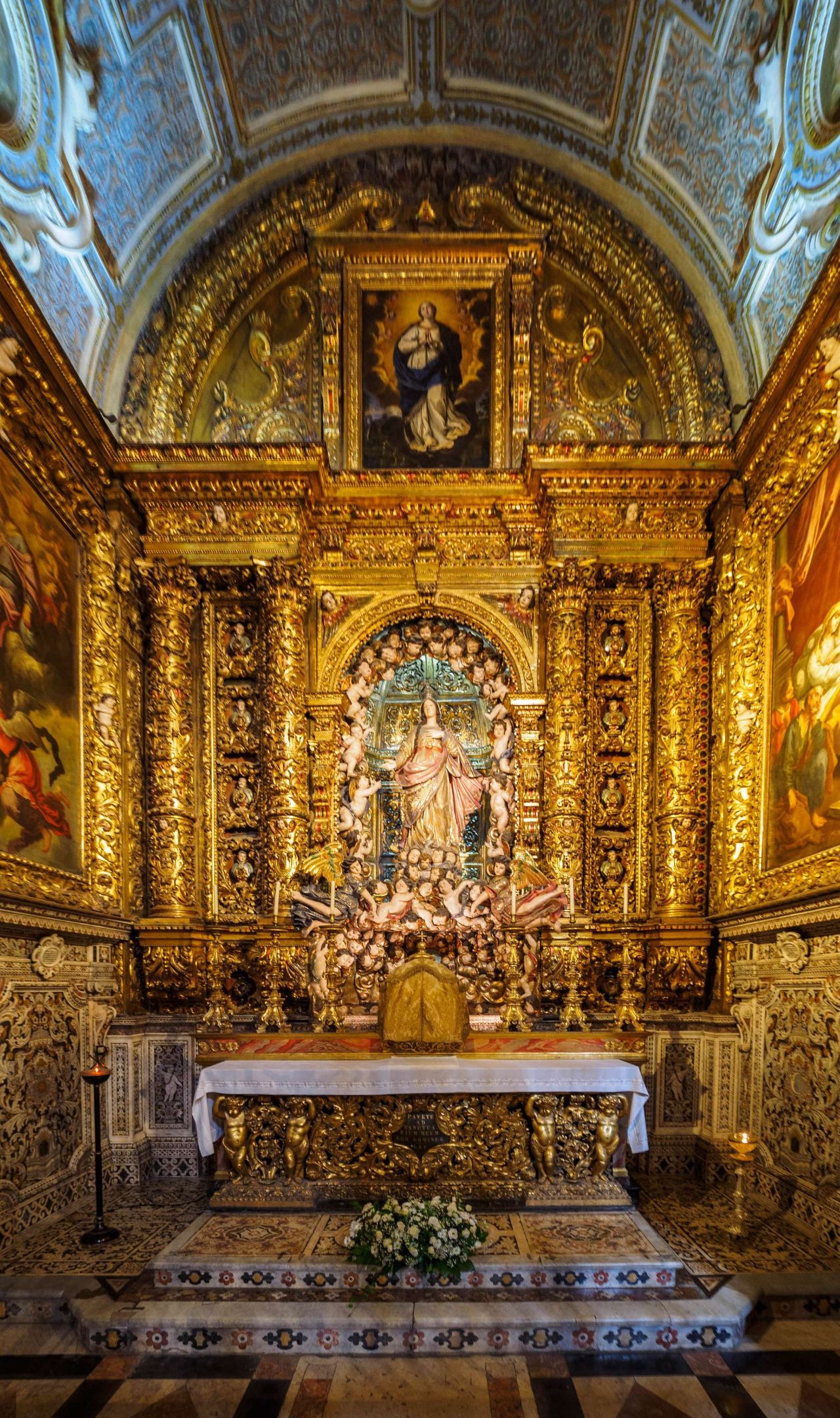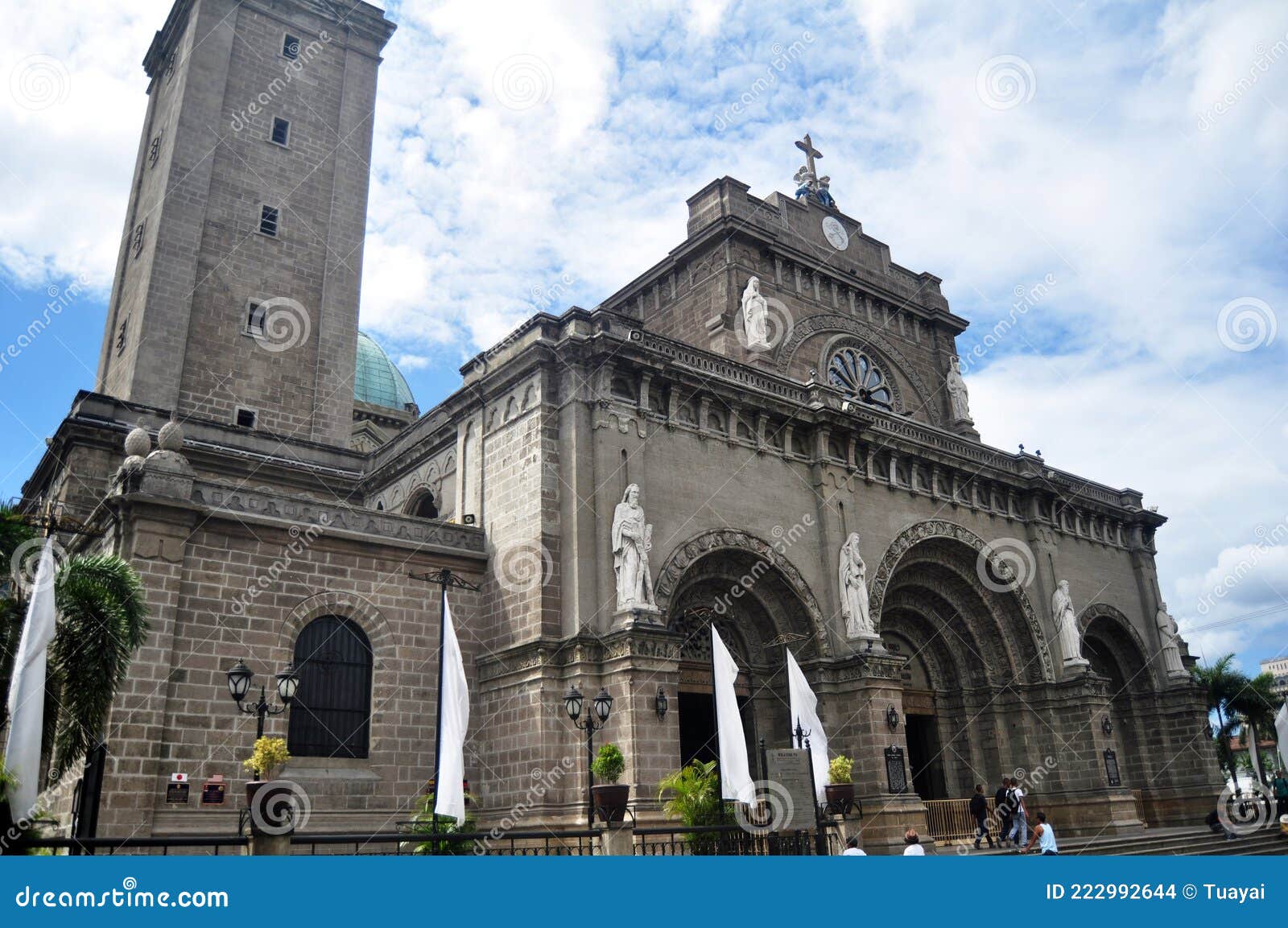Church of St Andrew on the Quirinal
Roman Catholic
4.5 (885 reviews)
Founded in 1678
A small but architecturally significant Baroque church designed by Gian Lorenzo Bernini. Known for its elliptical plan and opulent interior.
About
A small but architecturally significant Baroque church designed by Gian Lorenzo Bernini. Known for its elliptical plan and opulent interior.
History
Commissioned by Cardinal Camillo Pamphili, nephew of Pope Innocent X. One of Bernini's most important architectural works.
Founded
1678
Denomination
Roman Catholic
Architectural Style
Baroque
Historical Status
Historical Landmark
Contact Information
Community Outreach
Senior Programs
[]
Facilities & Amenities
Accessibility
Wheelchair Accessibility
No
Amenities
Restrooms
Yes
Cafe/Bookstore
No
Children Area/Nursery
No
Transportation
Parking
No
Public Transport
Yes
Visitor Guidelines
Photography
Yes
Dress Code
Yes
Entry Fee
No
Reviews & Ratings
4.5
Based on 885 reviews
No reviews yet
Blog Post
Church of St Andrew on the Quirinal: A Baroque Gem in Rome
The Church of St Andrew on the Quirinal (Chiesa di Sant'Andrea al Quirinale) stands as a testament to the genius of Gian Lorenzo Bernini and a captivating example of Baroque architecture in the heart of Rome. Located at Via del Quirinale, 30, this historical landmark offers visitors a glimpse into 17th-century artistry and religious devotion. While relatively small in size, its impact on architectural history is immense. If you're planning a trip to Rome, this is a must-see destination.
A Historical Landmark: Bernini's Masterpiece
Commissioned by Cardinal Camillo Pamphili, nephew of Pope Innocent X, the Church of St Andrew on the Quirinal was completed in 1678. This project marked one of Gian Lorenzo Bernini's most important architectural endeavors. Bernini himself considered it among his most successful creations. The St Andrew church represents the height of Baroque design, with a focus on dramatic effects and emotional impact. The church's design was deeply personal to Bernini, who dedicated significant time and effort to its creation. Its rich history makes it a significant point of interest for both art enthusiasts and those interested in religious history.
Architectural Brilliance: An Elliptical Wonder
The Baroque style of the Church of St Andrew is immediately apparent in its opulent details and dynamic design. One of the most notable features is its elliptical plan, a departure from the traditional rectangular layout.
Key Architectural Details
-
Elliptical Shape: The church's unique shape creates a sense of movement and dynamism, drawing the eye towards the high altar. The shape contrasts typical architectural designs, providing a more captivating worship space.
-
Doric Columns: Flanking the entrance and adorning the interior are elegant Doric columns, contributing to the church's classical appeal. These columns provide structural support and contribute to the overall aesthetic balance.
-
Gilded Stucco Work: The interior is lavishly decorated with gilded stucco work, adding a layer of richness and texture to the already impressive space. The gold accents catch the light, creating a sense of warmth and grandeur.
-
Oval Dome: The oval dome, topped with a lantern, allows natural light to flood the interior, creating a heavenly glow. This feature is characteristic of Baroque architecture, emphasizing the divine.
-
High Altar: The high altar showcases the martyrdom of St. Andrew, a powerful scene depicted with stunning realism. Bernini's sculptures, including the figure of St Andrew, are integral to the altar's impact.
The architectural details and the overall design of the Church of St Andrew provide a beautiful synthesis of art and religion. It is a place of reflection and is a lasting testament to the era of Baroque design.
Planning Your Visit: Practical Information
Visiting the Church of St Andrew on the Quirinal is relatively straightforward, but here's some information to help you plan your trip.
Tourist Information
- Address: Via del Quirinale, 30, 00187 Roma RM, Italy
- Tourist-Friendly: Yes, the church welcomes tourists and offers a unique cultural experience.
- Photography Allowed: Yes, photography is allowed inside, so you can capture the beauty of the church (be respectful and avoid flash during services).
- Entry Fee: No, entry to the church is free.
- Dress Code Required: Yes, a modest dress code is required (shoulders and knees covered).
- Opening Hours: Check for opening hours before visiting as they can vary.
- Website Available: No website is currently available.
Service Times
Unfortunately, specific service times are not available. Checking at the door or enquiring at a nearby church might provide you with up-to-date information.
Accessibility
Unfortunately, the church is not wheelchair accessible due to the presence of steps. Accessibility info indicates limited accessibility.
Facilities
- Restrooms Available: Yes.
- Parking Available: No. Parking in this area of Rome is challenging.
- Public Transport Nearby: Yes, the church is easily accessible via public transport.
- Cafe/Bookstore: No.
- Gift Shop: No.
- Children's Area/Nursery: No.
Inside the Church: Notable Features to Admire
Beyond its architectural brilliance, the Church of St Andrew boasts several notable features that make it a must-see:
- Bernini's Sculptures: The sculptures, primarily those around the high altar depicting St. Andrew's martyrdom, are a highlight. Bernini's skill in capturing emotion and movement in stone is unparalleled.
- The Dome: The dome's design and the way it filters light into the church are truly remarkable.
- Stations of the Cross: The Stations of the Cross are present, adding to the spiritual atmosphere.
- Gilded Interior: The extensive use of gold leaf creates a sense of divine splendor, enhancing the church's visual impact.
Visitor Tips for an Enriching Experience
To make the most of your visit to the Church of St Andrew on the Quirinal, consider these tips:
- Check Opening Hours: As mentioned earlier, confirm the opening hours before you go to avoid disappointment.
- Dress Respectfully: Adhere to the dress code by ensuring your shoulders and knees are covered.
- Be Mindful of Services: If a service is ongoing, be respectful and keep noise to a minimum.
- Take Your Time: Allow ample time to admire the intricate details and soak in the atmosphere of this architectural marvel.
- Research Bernini: Learn more about Gian Lorenzo Bernini's life and works to appreciate the context and significance of his contribution.
Nearby Attractions: Explore the Quirinal Hill
After visiting the Church of St Andrew, take the opportunity to explore other local attractions in the vicinity:
- Quirinal Palace: The official residence of the President of the Italian Republic is a short walk away.
- Trevi Fountain: One of Rome's most iconic landmarks is within walking distance.
- Piazza Barberini: This bustling square is home to another Bernini masterpiece, the Triton Fountain.
Travel Information
Getting to the Church of St Andrew is easy via Rome's efficient public transport system. Several bus lines serve the area, and the Barberini metro stop is also conveniently located nearby.
The Church of St Andrew on the Quirinal offers a unique and enriching experience for anyone visiting Rome. Its Baroque architecture, the brilliance of Bernini, and its historical significance make it a must-see destination. Remember to plan ahead, dress respectfully, and be prepared to be captivated by this Roman gem. Be sure to add this church, its artist and the Quirinal to your search terms when seeking out information about amazing places to see in Italy.
Other Roman Catholic Nearby

Chiesa del Gesù
Piazza del Gesù, 00186 Roma RM, Italy
4.8

Chiesa del Gesù
Piazza del Gesù, 00186 Roma RM, Italy
4.8

Basilica of San Clemente
Piazza di S. Clemente, 00184 Roma RM, Italy
4.7

Basilica of San Clemente
Piazza di S. Clemente, 00184 Roma RM, Italy
4.7

Church of Saint Roch
Largo Trindade Coelho, 1200-470 Lisboa, Portugal
4.6

Minor Basilica and Metropolitan Cathedral of the Immaculate Conception - Manila Cathedral
Cabildo, 132 Beaterio St, Intramuros, Manila, 1002 Metro Manila, Philippines
4.7